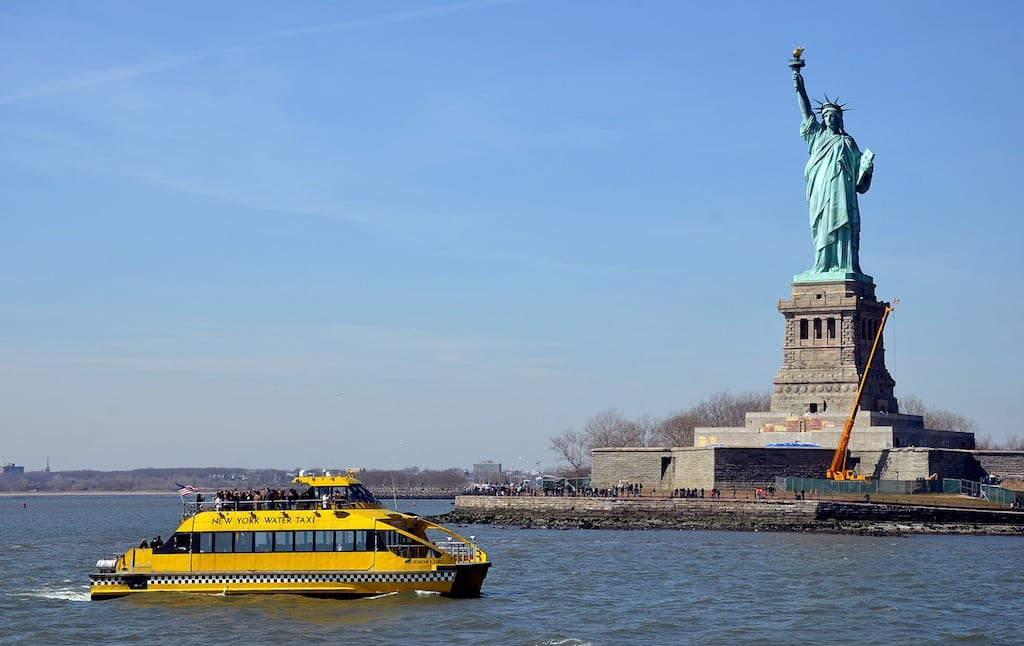You'll have to wait until early 2013 to get inside the Statue of Liberty

Skift Take
The inside of New York City's icon is finally open again to visitors, but they'll need to plan far ahead to get a place in line.
The Statue of Liberty's crown reopened to visitors Oct. 28, but you won't have the freedom to climb up inside it whenever you please.
In fact, if you don't already have your "crown" ticket, you won't be going inside the famous statue until some time in 2013. Even then, you'll be lucky to get a ticket during busy holiday periods, weekends or during the summer.
"Crown tickets for the remainder of 2012 went on sale Oct. 20. They were gone by Oct. 24," says Mindi Rambo, public affairs specialist for the National Park Service. "We're expecting very high demand for 2013 tickets, too."
Although dates haven't been set for when blocks of 2013 tickets will be released, prospective visitors should watch the Statue Cruises website or the Statue of Liberty Facebook and Twitter feeds.
"The toughest times to get tickets will be high demand periods, including major holiday weekends, summer weekends and weekdays," Rambo says. "Tickets for 2013 will be a little easier to get midweek, in March, April, late October and early November."
Because the statue's museum still is closed and renovations to the star-shaped Fort Wood (which provides the base to th
